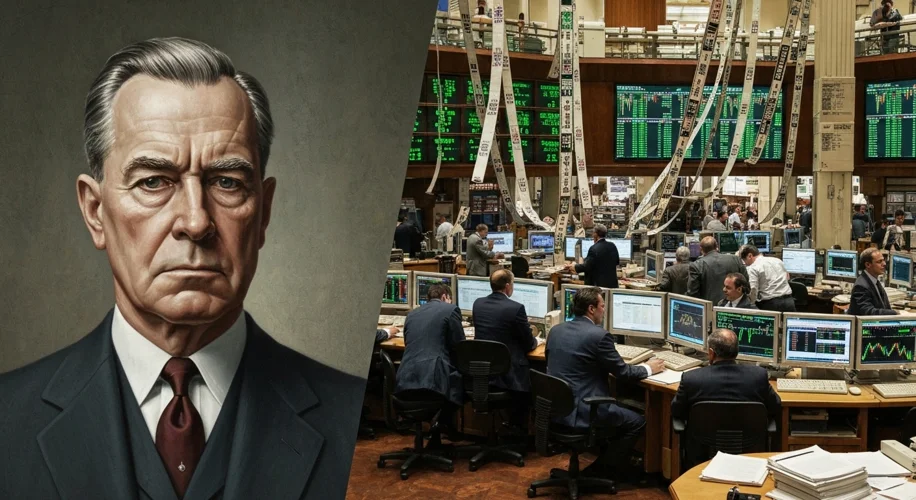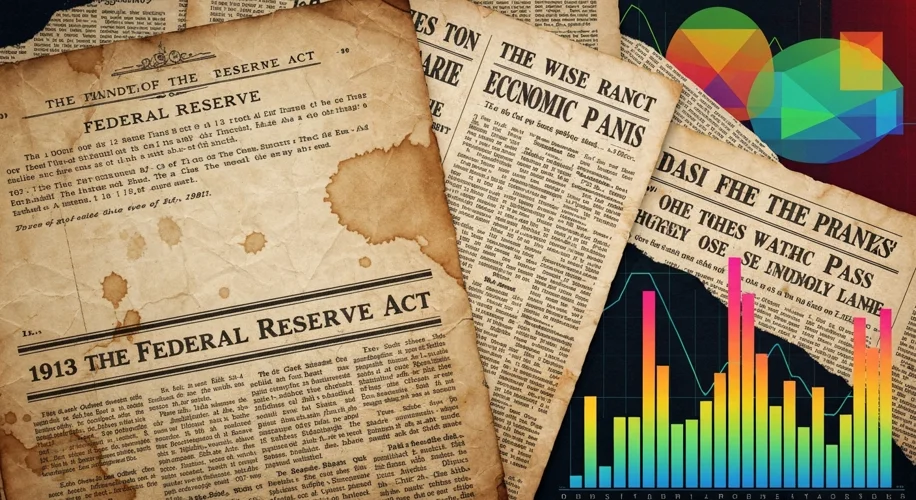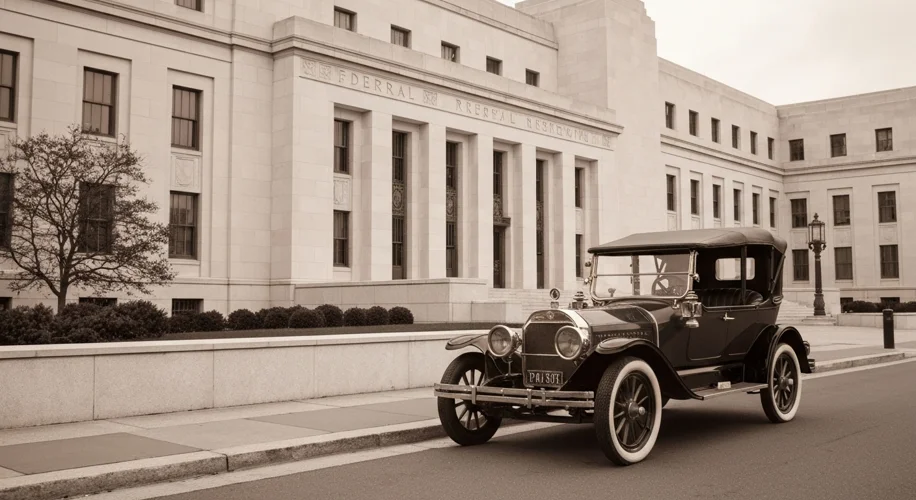In the annals of American economic history, few institutions wield as much quiet power as the Federal Reserve. More commonly known as “the Fed,” this quasi-governmental entity, established in 1913, serves as the central bank of the United States. Its very existence is a testament to a nation’s evolving understanding of financial stability, born from a tumultuous era of panics and economic uncertainty.
Before the Federal Reserve, the U.S. economy was a volatile landscape. “Bank runs” were a recurring nightmare, where frightened depositors would rush to withdraw their money, often leading to the collapse of even solvent banks. The Panic of 1907 was a particularly stark reminder of this fragility, prompting Congress to seek a more robust solution. The resulting Federal Reserve Act was a compromise, attempting to balance private banking interests with public oversight.

At the heart of the Federal Reserve’s structure are its Board of Governors. Appointed by the President and confirmed by the Senate, these seven individuals are tasked with guiding monetary policy. Their decisions on interest rates, reserve requirements, and open market operations ripple across the global economy, influencing everything from mortgage rates to the price of everyday goods. The independence of the Fed is a cornerstone of its design, intended to shield it from short-term political pressures that could compromise sound economic management. Yet, this very independence has also been a source of tension throughout its history.
The tenure of a Fed Governor is a fourteen-year term, staggered to ensure continuity. However, the Chair of the Board of Governors, appointed by the President for a four-year term, often becomes the public face of the institution and a focal point for economic discourse. Figures like Paul Volcker, who famously battled rampant inflation in the late 1970s and early 1980s with aggressive interest rate hikes, are etched into the memory of economic history. His tenure was marked by severe recession but ultimately credited with restoring price stability.
Conversely, the relationship between the President and the Fed Chair can be fraught with potential conflict. Presidents, naturally attuned to the immediate economic well-being of the nation, may find the Fed’s cautious approach or its decisions to raise interest rates politically inconvenient. For instance, during the Trump administration, there were notable public disagreements between President Trump and then-Fed Chair Jerome Powell over monetary policy. Trump openly criticized Powell’s decisions, advocating for lower interest rates, a public airing of differences that many saw as a challenge to the Fed’s independence.

The history of the Federal Reserve is not just a dry account of economic policy; it is a narrative of evolving economic thought and the constant struggle to balance competing interests. The Great Depression, for example, led to a reassessment of the Fed’s role, with critics arguing that its actions (or inactions) exacerbated the crisis. Subsequent legislation, such as the Banking Act of 1935, reshaped the Fed’s structure and clarified its responsibilities.
The governors themselves are a diverse group, often drawn from academia, banking, and public service. Their individual perspectives, shaped by their unique experiences and economic philosophies, contribute to the complex debates that occur within the Federal Open Market Committee (FOMC), the body that sets monetary policy. The challenge for each governor is to translate economic theory into practical policy that promotes maximum employment and stable prices – the Fed’s dual mandate.

The Federal Reserve, with its appointed governors, represents a fascinating case study in the architecture of modern governance. It is an institution designed for stability, yet it operates within a dynamic and often unpredictable economic environment. Its governors, often operating behind the scenes, are nonetheless pivotal figures whose decisions have profoundly shaped the prosperity and challenges faced by ordinary Americans, making their history an indispensable chapter in the story of the United States.

